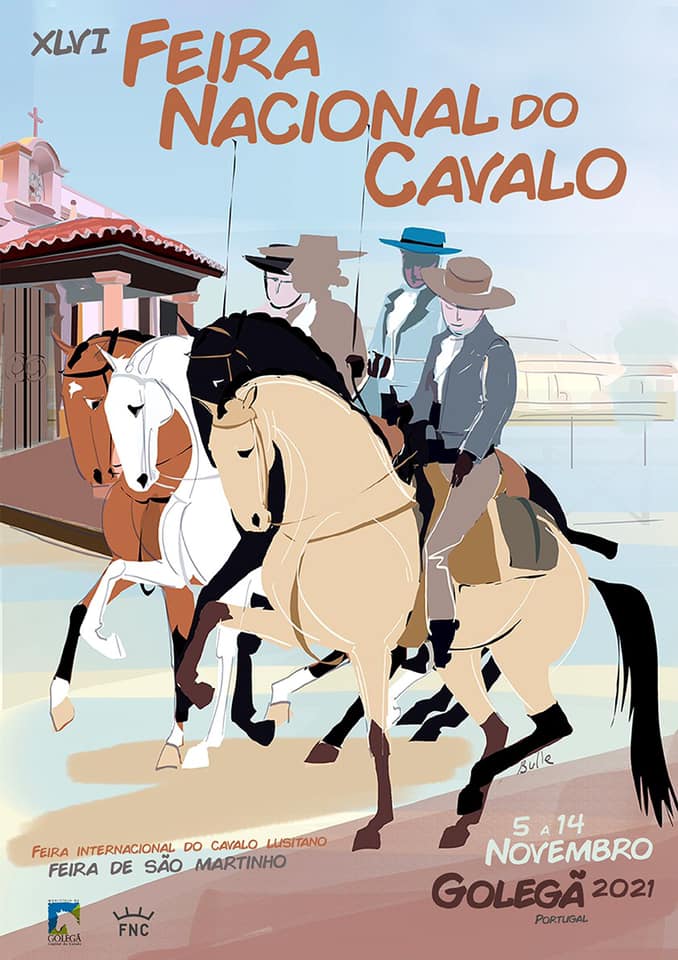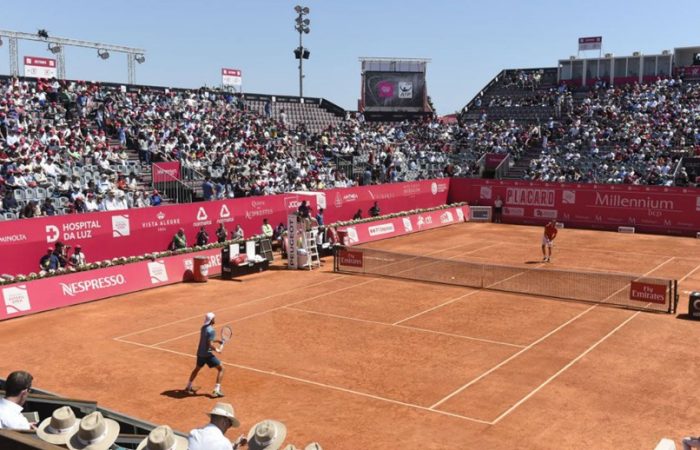Witness the National Horse Fair in November in Golegã, a region where the equestrian tradition is deeply rooted.
This is one of the country’s most typical fairs, attracting thousands of people to the various events featuring the magnificent Lusitanian thoroughbred horse.
Discover our private fleet and premium services.
History of Golegã Horse Fair
“The village of Golegã, in the past belonging to the city of Santarém, was elevated to the level of town by decree of D. João III, king of Portugal, on November the 3rd of 1534. According to several authors the “Vila da Golegã” origns come from the time of D. Afonso Henriques (1st king of Portugal) or D. Sancho I, (his son) when a woman born in Galicia and that was living in Santarém came to establish a inn in this place. There seem to be no doubts that Golegã already existed in the XV, there seem also, that after the above mentioned Galician woman established herself in Golegã, it started to be called “Venda da Galega”, “Póvoa da Galega” and “ Vila da Galega” . Later through corruption/evolution of language changed to “Golegã”.
Alongside the importance of the place where it is located, the region of Golegã had one of the greatest richness: a very fertile soil. The fame of their lands drew a lot of people, such as large farmers and horse breeders. From the earliest times exist allusions to the region and to the “Quinta da Cardiga” (Cardiga Farm), given in 1169 by D. Afonso I, (King of Portugal) to the Templars for land clearing and cultivation. From century to century it was donated to other orders and from the nineteenth century onwards, bought by several large farmers.
In the eighteenth century, and with the support given by the Marquis of Pombal, this fair began to take an important competitive nature, taking place here various equestrian competitions and horse breed contests. The best horse breeders were by then from Golegã. In the nineteenth century and based on the land value of the area, Golegã had again a great importance for what really helped the figures of two great statesmen and farmers: Carlos Relvas gentleman of the Royal Household and, great friend of the King, commendador, farmer, artist, owner of several farms and two palaces (where several times the royal family was hosted), and José Relvas, his son, greatly attached to the republican cause, finance minister and also a great artist.
In the mid-eighteenth century, the Golegã Horse Fair got his start, but was called until 1972 Saint Martin Fair, date on which it was renamed to National Horse Fair. Since then, the National Horse Fair the most important and traditional of all fairs of its kind taking place in Portugal. Here are present all breeders, with their beautiful specimens, reason why, are traded in Golegã, the best pure Lusitanian, bred in the country and e sold to various points of the globe.
Golegã long ago became the Capital of the Lusitanian Horse. Like this the day of Saint Martin, evolved from a simple fair to the most beautiful and unique, equestrian public spectacle that happens at free level in Portugal. Rallies, Raids, Equestrian Games, Championships, Carriage Marathons and Exhibitions, are some of the finest performances that take place in Golegã, and in it’s presentation of the most beautiful animal in the world that is Horse. And to complement the party, and to justify the popular adage that says, “At Saint Martin’s taste the new wine “ there is plenty of new-wine “água-pé” and the always tasty roasted chestnuts.”
Fonte: Feira da Golegã



